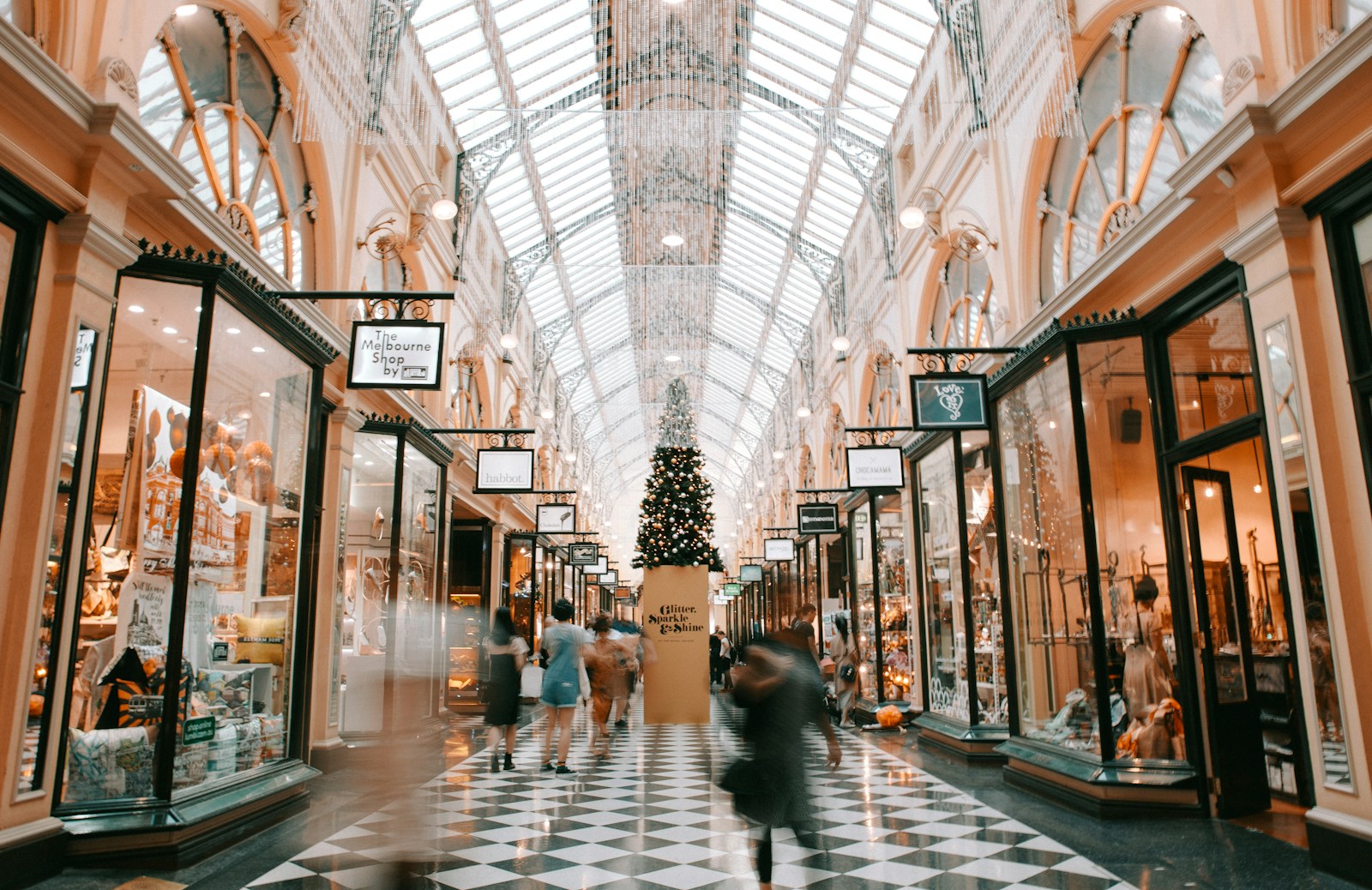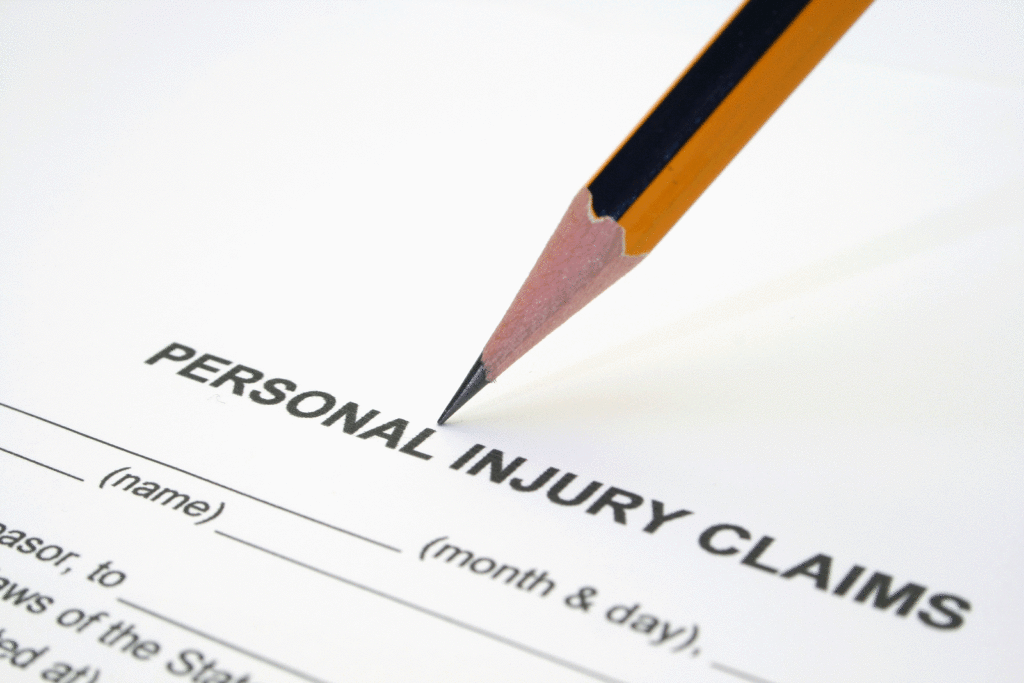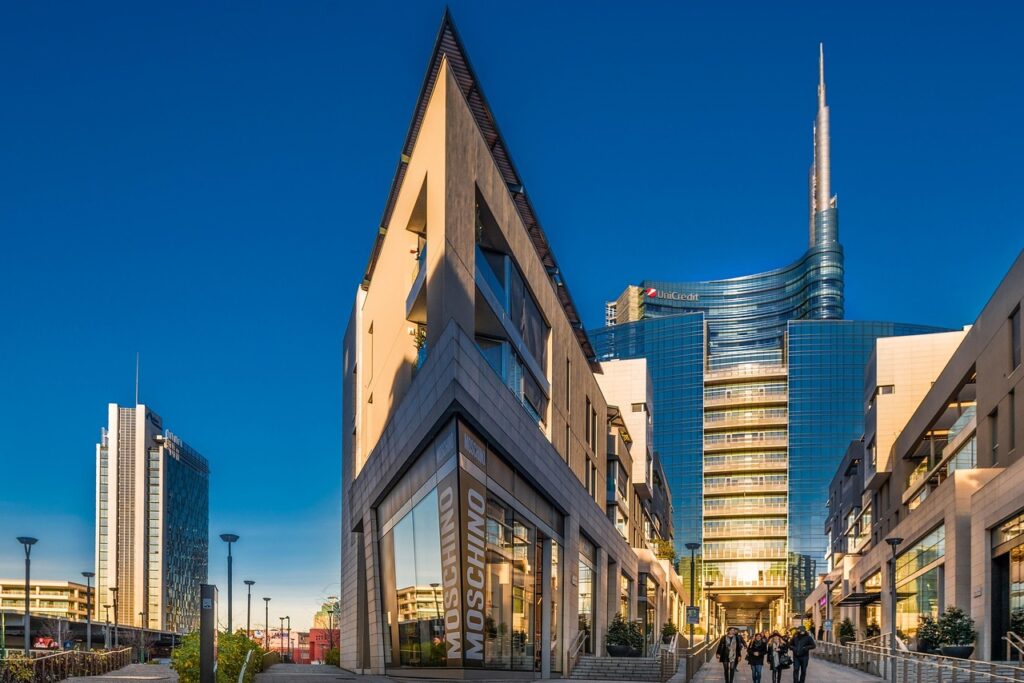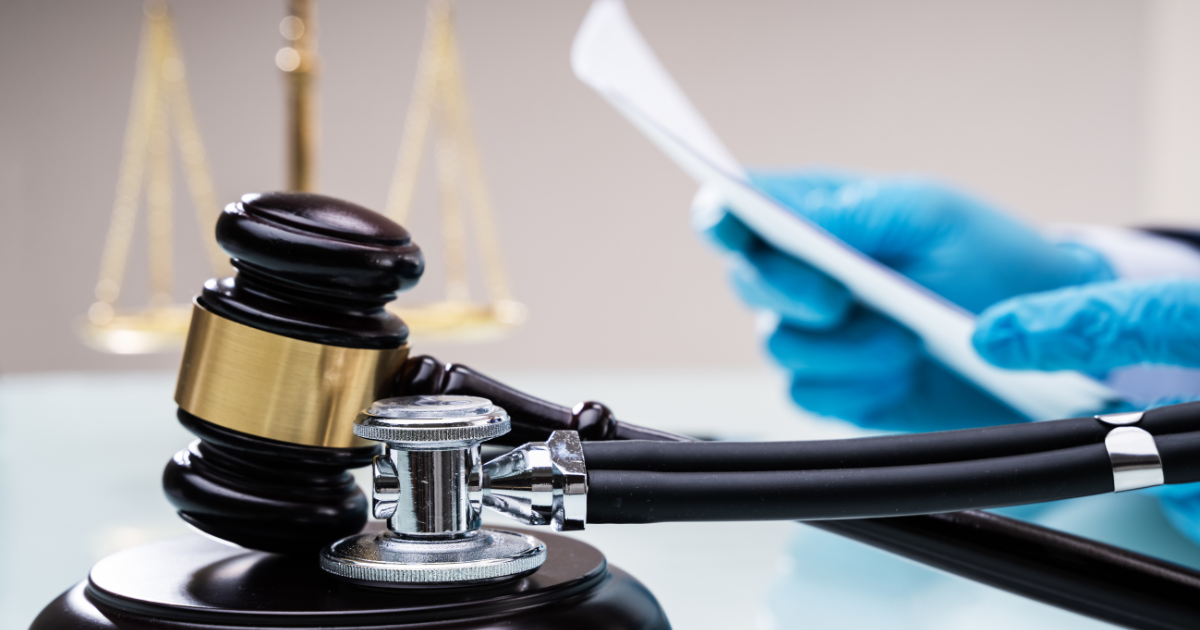Now Reading: From Wet Floors To Loose Rugs: The Most Common Fall Risks In Retail Stores
-
01
From Wet Floors To Loose Rugs: The Most Common Fall Risks In Retail Stores

From Wet Floors To Loose Rugs: The Most Common Fall Risks In Retail Stores
A quick trip to the store shouldn’t end with a serious injury. Yet, slip and fall accidents happen far more often than most people realize. The personal injury lawyers at Kherkher Garcia frequently see how small oversights in safety can lead to painful and preventable injuries.
Everyday Hazards In Retail Spaces
Walking through a store seems routine, but hazards can appear anywhere. A puddle near a checkout line or a loose rug by the door can cause a sudden fall. These incidents often leave shoppers dealing with broken bones, sprains, or back injuries that take months to heal.
Retail stores experience constant movement, with shoppers, carts, and restocking activities creating numerous opportunities for accidents. When stores fail to manage these everyday risks, it is customers who get hurt. A few simple precautions can prevent most of these accidents.
Wet Floors And Spills
Wet floors are the most common cause of falls in stores. A spilled drink, tracked-in rainwater, or a recently mopped area can all pose a danger. What makes them worse is that many spills are hard to see, especially under bright lights or shiny tiles.
Employees should act fast when they notice a spill. They need to block off the area, post warning signs, and properly clean it up. Customers should also report wet spots when they see them; one quick word to staff can save someone from getting injured.
When store management ignores these hazards, what could have been an easy cleanup can turn into a serious medical emergency.
Loose Rugs And Floor Mats
Rugs and mats are meant to keep entrances dry and safe, but when they shift or curl, they become hazards themselves. A corner that’s bent upward or a mat without proper grip can trip anyone who isn’t watching closely.
Store owners should use high-quality mats with non-slip backing and check them daily. Worn or wrinkled mats need to be replaced immediately. Keeping them secure and flat makes a big difference, especially in high-traffic areas. A simple fix like this can prevent a dangerous fall before it happens.
Uneven Or Damaged Flooring
Cracked tiles, uneven concrete, or raised carpet edges can all cause falls. These problems often go unnoticed until someone gets hurt. Customers don’t expect the ground beneath them to change suddenly, and even a small step down can throw them off balance.
Store maintenance teams should inspect floors regularly and address any damage promptly. If repairs can’t be made immediately, the area should be clearly marked or blocked off. Preventing one fall is worth far more than the time it takes to make a small repair. Ignoring damaged flooring demonstrates a lack of care for both safety and customer satisfaction.
Poor Lighting And Distractions
Lighting affects how well people can see hazards in their surroundings. A dim corner or a burned-out light bulb can hide a wet floor or uneven tile. Shoppers distracted by displays or signs may also miss warning cones or spills on the ground.
Proper lighting in walkways, entrances, and stairways helps prevent these accidents. Replacing flickering bulbs and cleaning light fixtures are simple but important tasks. A bright, well-lit store isn’t just more inviting, it’s safer for everyone. Good visibility gives customers time to notice and avoid hazards before it’s too late.
Cluttered Aisles And Stock Hazards
Boxes, carts, and misplaced merchandise often end up in aisles, creating trip hazards for unsuspecting shoppers. During busy shopping seasons, these hazards become even more common. People trying to move quickly can easily stumble over a forgotten item on the floor.
Employees should keep aisles clear at all times and store stock properly. If restocking is happening during business hours, there should be visible warnings and enough space for customers to pass safely. Organization and awareness go hand in hand with good customer service. A clutter-free store is safer, easier to navigate, and leaves a more positive overall impression.
Footwear And Awareness
While stores carry most of the responsibility for safety, customers can also take simple precautions. Wearing shoes with good traction and paying attention to wet floor signs can reduce the chance of falling. Running or using phones while walking also increases the risk of injury.
Still, even careful shoppers can’t avoid every hazard. When a store fails to maintain safe conditions, the blame doesn’t fall on the customer. Shoppers have the right to expect clean, well-maintained floors and a secure environment. Awareness helps, but accountability ensures safety.
Conclusion
Falls in retail spaces are common but almost always preventable. Proper maintenance, good lighting, and prompt cleanup can prevent accidents before they occur. When stores prioritize profits over safety and someone gets hurt, the personal injury lawyers at Kherkher Garcia can help victims demand accountability and fair compensation.










